Dora Carrington: Beyond Bloomsbury – a 'fascinating' exhibition
First major retrospective in almost 30 years brings together a 'marvellously diverse' selection of works
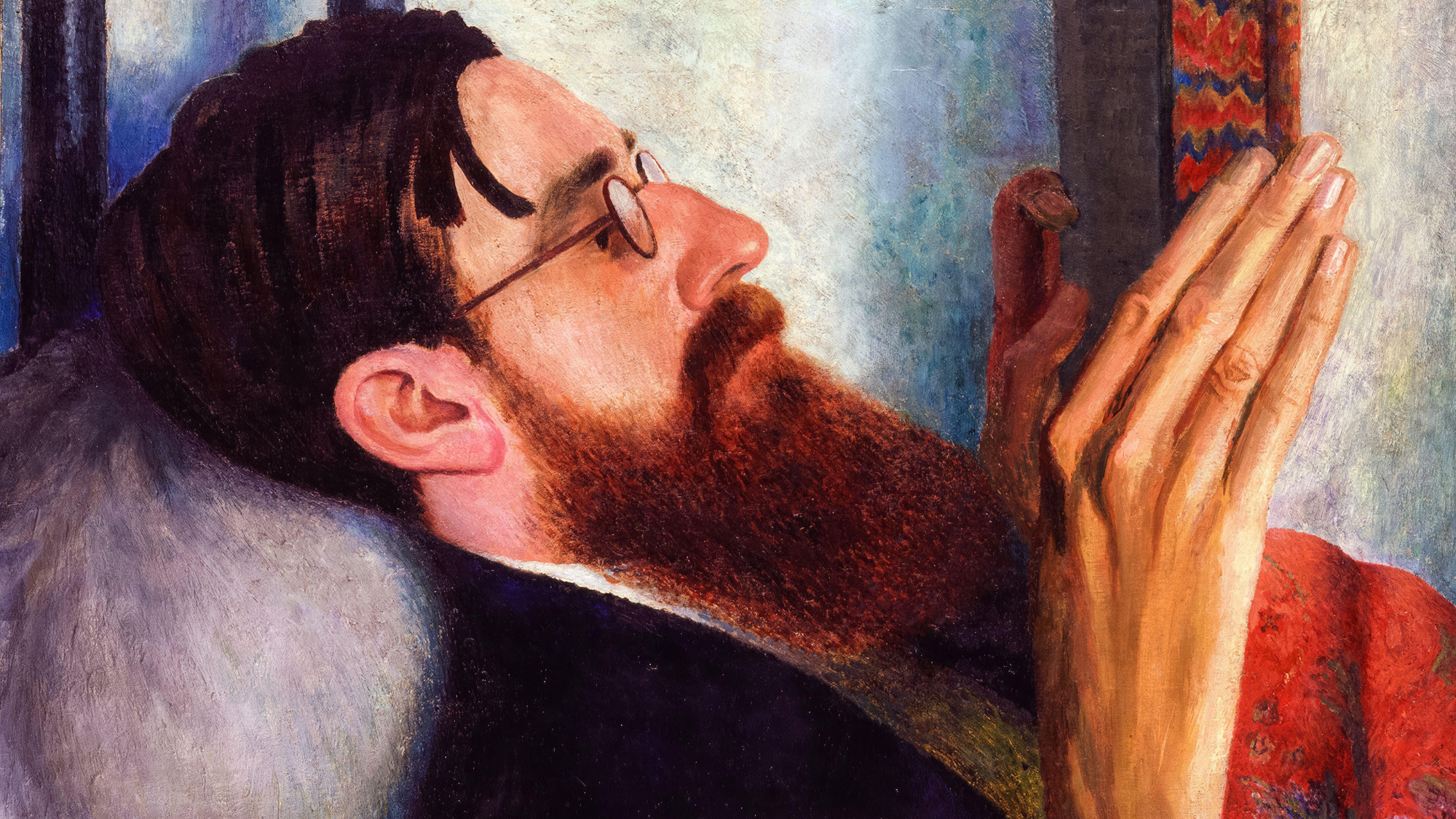
Unlike many of the female modernist artists who have been re-evaluated by our museums in recent years, Dora Carrington (1893-1932) was never really "forgotten", said Florence Hallett in The i Paper. A "peripheral" acolyte of the Bloomsbury group, the bisexual, resolutely bohemian Carrington – she preferred to be known by her surname alone – was clearly "fascinating to those around her". She wore men's clothes and pursued an "improbable", barely requited infatuation with the famously gay author Lytton Strachey; she inspired both a character in Aldous Huxley's "Crome Yellow" and a 1995 biographical film starring Emma Thompson.
Yet while her unconventional life has been mythologised, her art, which leapfrogged from style to style, has always defied categorisation. This exhibition, the first major Carrington retrospective in almost 30 years, is a full-scale reappraisal of this "elusive" artist's short but intriguing career, bringing together a "marvellously diverse selection" of paintings, drawings and prints, as well as a wealth of archive material. It adds up to an enjoyable affirmation of Carrington's talents and "unique skills as a painter".
There's some excellent stuff here, said Laura Cumming in The Observer. We see "surreal landscapes, male and female nudes, interiors, portraits of friends and lovers" and much else besides. A rear-view nude she painted as a student at the Slade is "marvellously strong", while her most famous painting, the "outlandish" "Farm at Watendlath" (1921), sees green hills huddling "like bodies" around a farmhouse and its surrounding lines of washing.
The Week
Escape your echo chamber. Get the facts behind the news, plus analysis from multiple perspectives.

Sign up for The Week's Free Newsletters
From our morning news briefing to a weekly Good News Newsletter, get the best of The Week delivered directly to your inbox.
From our morning news briefing to a weekly Good News Newsletter, get the best of The Week delivered directly to your inbox.
The "climax" comes with Carrington's celebrated portrait of Strachey: she captures him reading in bed, "eyes to words, bony hands to heaven, as if he were holding a bible". It's horribly poignant to note that two months after his death in 1932, Carrington killed herself in grief. Much on show here is forgettable, however – a fact made all the more glaring by the inclusion of works by friends and contemporaries. Next to pictures by her admirer Mark Gertler, for example, her own border on "faltering pastiche".
Still, we do get glimpses of Carrington's winning sense of humour, said Evgenia Siokos in The Daily Telegraph. Some of her letters shown here are "dazzling and charming", while a sketch depicting the 1911 theft of the "Mona Lisa" is genuinely "hilarious". Better still are her landscapes: "Spanish Landscape with Mountains" (c.1924) is a "shimmering and surreal encapsulation of the Andalusian countryside".
Carrington's story is "fascinating", said Eliza Goodpasture in The Guardian. Some of her work is "exceptional". Yet much of it seems very personal, clearly interesting to her but perhaps not to a wider audience. The show fails to make the case for why we should treat her work as seriously as that of some of her contemporaries.
Pallant House Gallery, Chichester, West Sussex. Until 27 April
A free daily email with the biggest news stories of the day – and the best features from TheWeek.com
-
 5 loony toons about the Warner Bros. buyout
5 loony toons about the Warner Bros. buyoutCartoons Artists take on movie theaters, high quality cinema, and more
-
 Political cartoons for December 13
Political cartoons for December 13Cartoons Saturday's political cartoons include saving healthcare, the affordability crisis, and more
-
 Farage’s £9m windfall: will it smooth his path to power?
Farage’s £9m windfall: will it smooth his path to power?In Depth The record donation has come amidst rumours of collaboration with the Conservatives and allegations of racism in Farage's school days
-
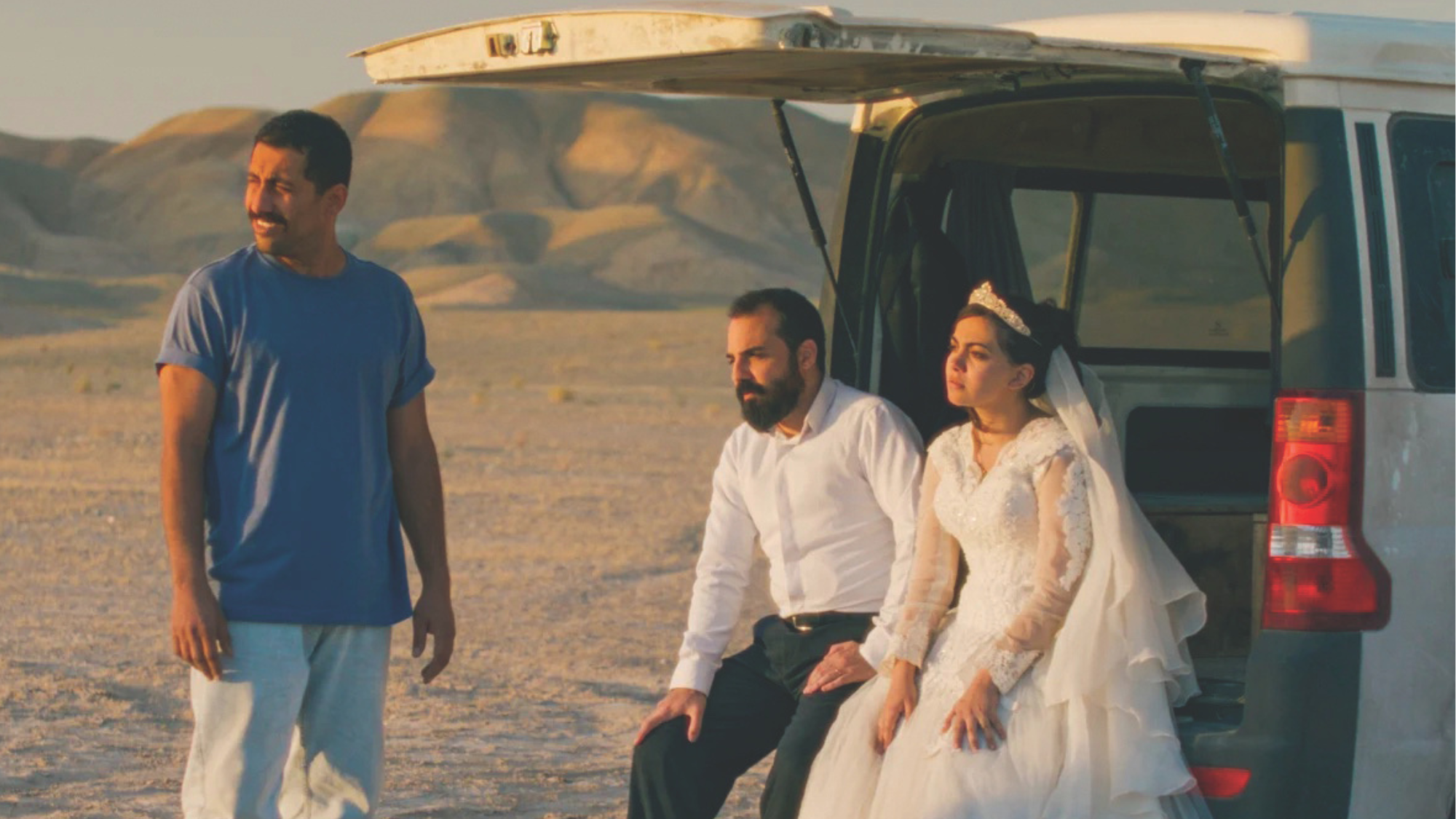 It Was Just an Accident: a ‘striking’ attack on the Iranian regime
It Was Just an Accident: a ‘striking’ attack on the Iranian regimeThe Week Recommends Jafar Panahi’s furious Palme d’Or-winning revenge thriller was made in secret
-
 Singin’ in the Rain: fun Christmas show is ‘pure bottled sunshine’
Singin’ in the Rain: fun Christmas show is ‘pure bottled sunshine’The Week Recommends Raz Shaw’s take on the classic musical is ‘gloriously cheering’
-
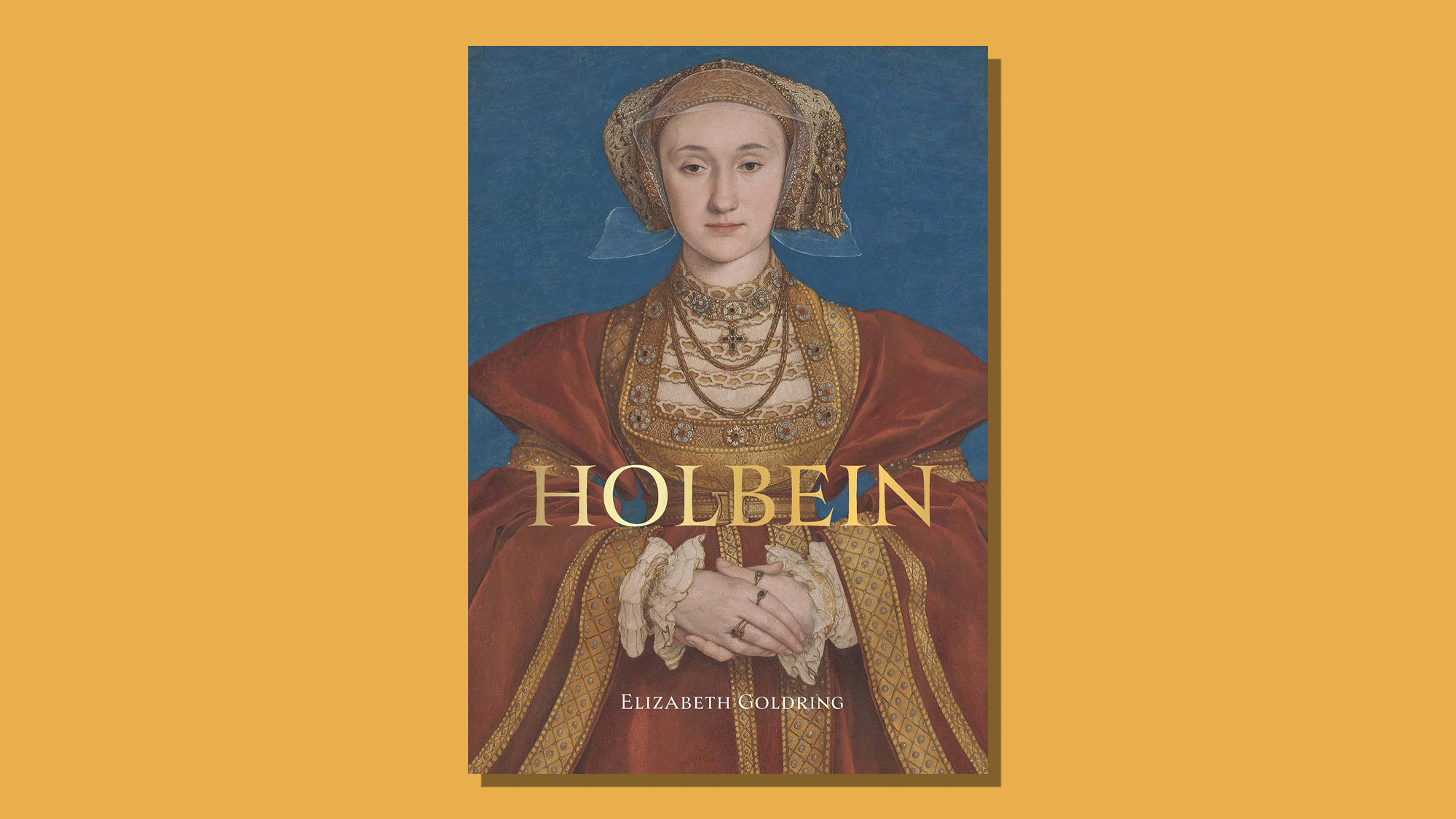 Holbein: ‘a superb and groundbreaking biography’
Holbein: ‘a superb and groundbreaking biography’The Week Recommends Elizabeth Goldring’s ‘definitive account’ brings the German artist ‘vividly to life’
-
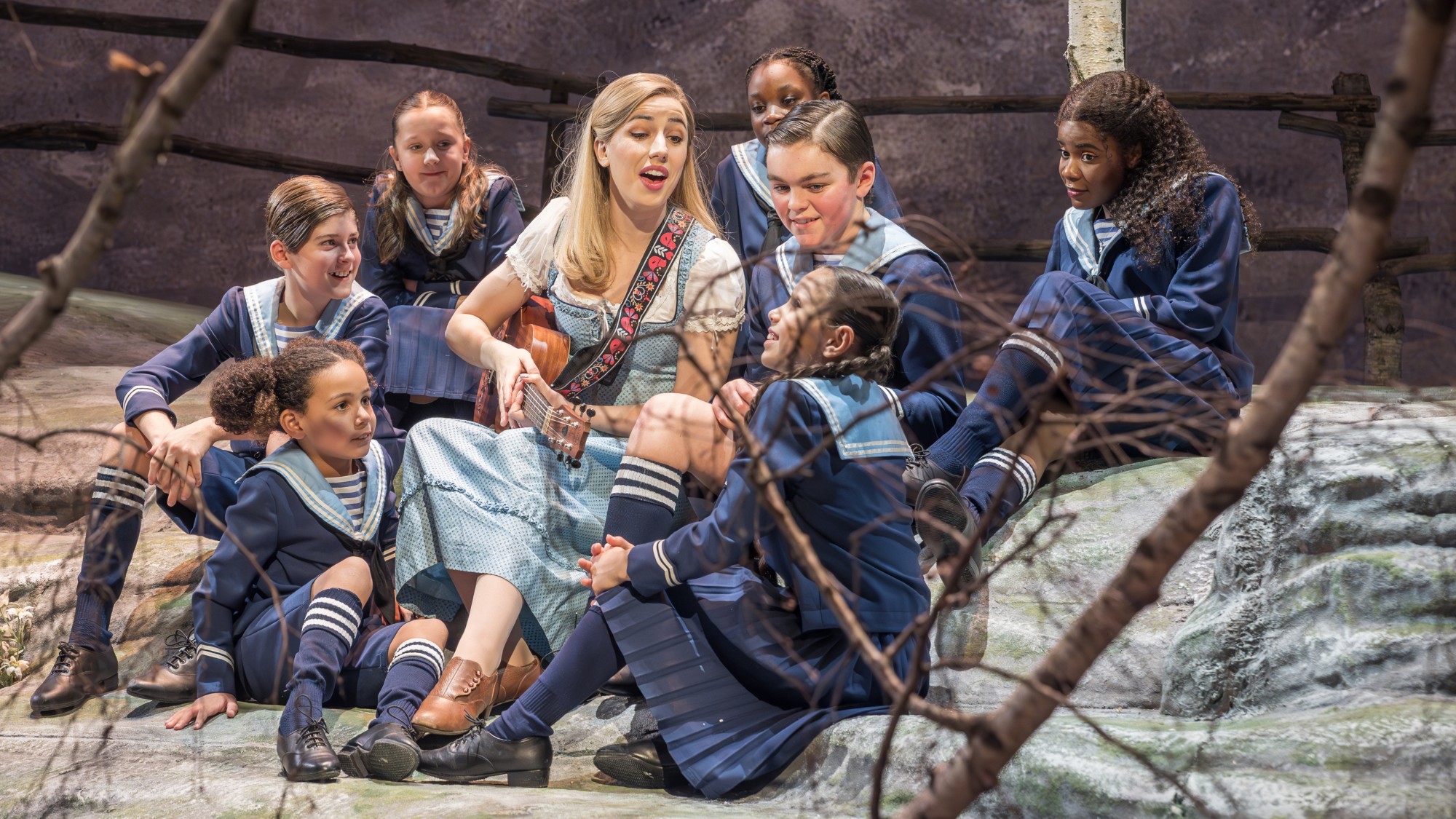 The Sound of Music: a ‘richly entertaining’ festive treat
The Sound of Music: a ‘richly entertaining’ festive treatThe Week Recommends Nikolai Foster’s captivating and beautifully designed revival ‘ripples with feeling’
-
 ‘Furious Minds: The Making of the MAGA New Right’ by Laura K. Field and ‘The Dream Factory: London’s First Playhouse and the Making of William Shakespeare’ by Daniel Swift
‘Furious Minds: The Making of the MAGA New Right’ by Laura K. Field and ‘The Dream Factory: London’s First Playhouse and the Making of William Shakespeare’ by Daniel SwiftFeature An insider’s POV on the GOP and the untold story of Shakespeare’s first theater
-
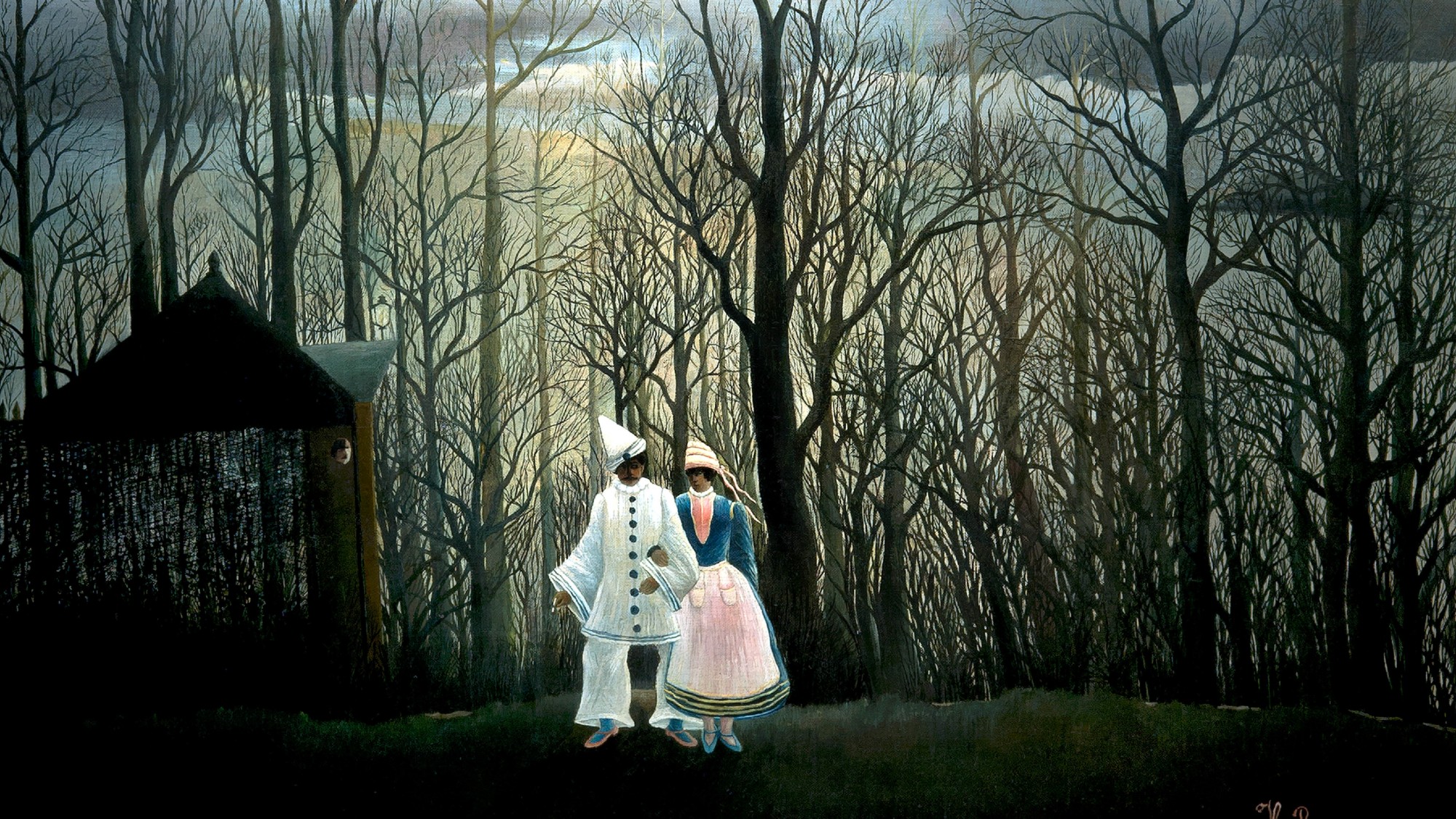 Henri Rousseau: A Painter’s Secrets
Henri Rousseau: A Painter’s Secretsfeature Barnes Foundation, Philadelphia, through Feb. 22
-
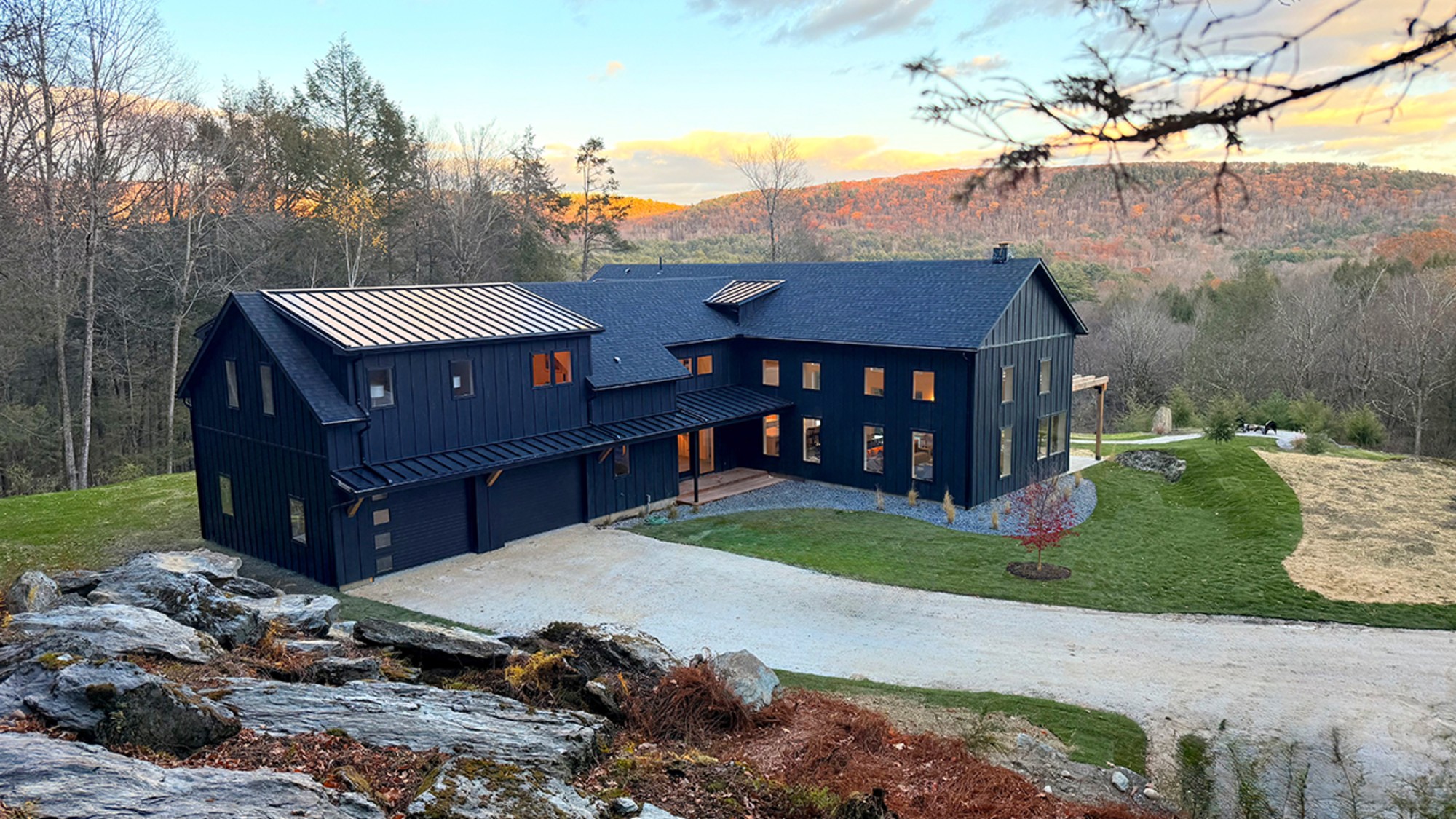 Homes with great fireplaces
Homes with great fireplacesFeature Featuring a suspended fireplace in Washington and two-sided Parisian fireplace in Florida
-
 Film reviews: ‘The Secret Agent’ and ‘Zootopia 2’
Film reviews: ‘The Secret Agent’ and ‘Zootopia 2’Feature A Brazilian man living in a brutal era seeks answers and survival and Judy and Nick fight again for animal justice